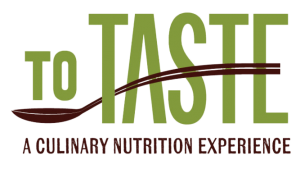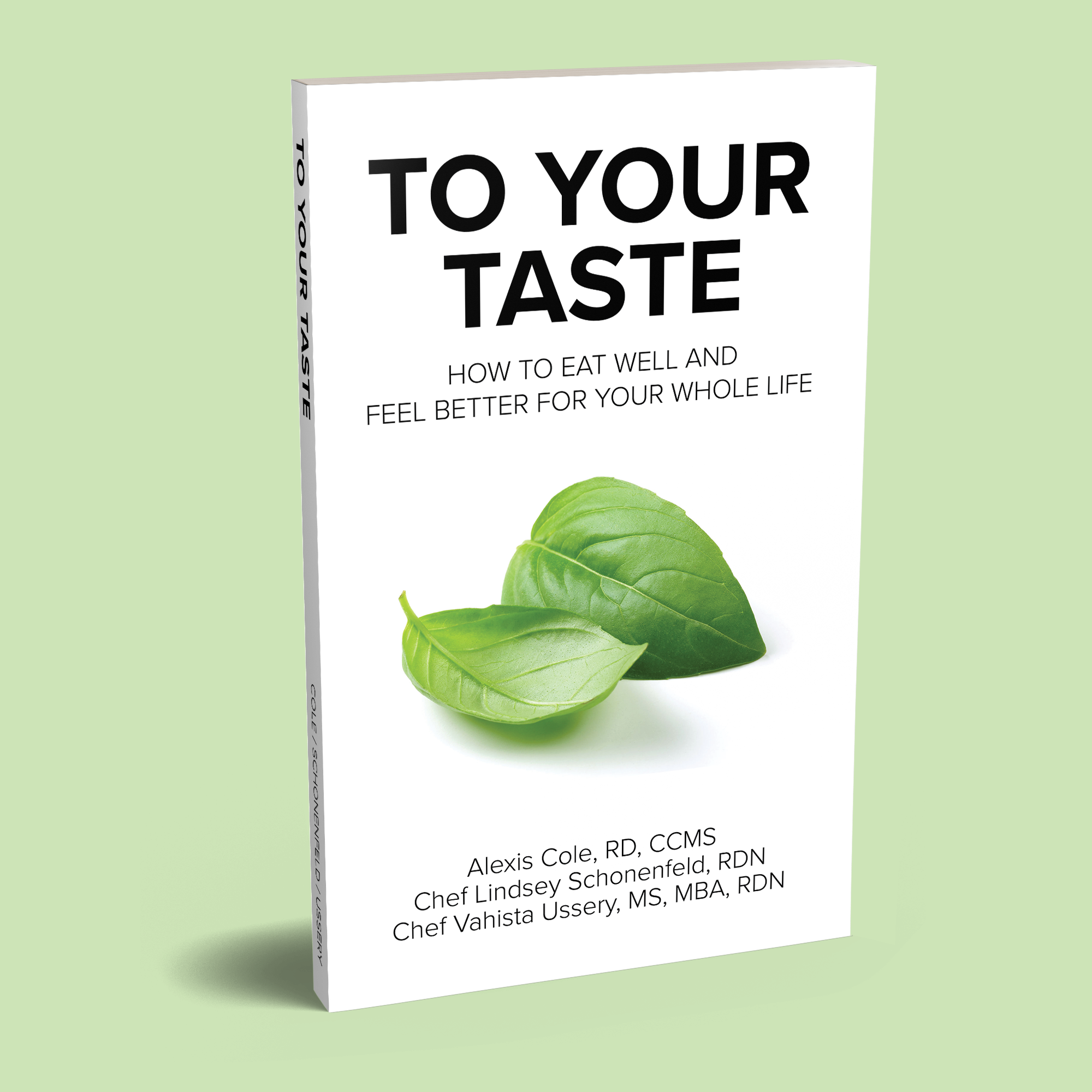Whether shopping online for pickup or delivery, or actually going to the store in person, the grocery store can be a confusing and tempting place! With seemingly endless options available, it can be difficult to determine which choices are good, better, and best.
Let’s discuss some basic strategies for how to get in and out of the grocery store with the healthiest choices in your cart. Our top 5 healthy grocery shopping tips are listed below!
1. Get organized.
Make a grocery list, and order your ingredients to match the layout of the store.
If your store has the produce first, then meat, then dairy (etc…), write your list accordingly. It might sound a little strange, but it can actually save you time in the end!
Consider creating an ongoing list on a smart device and then sharing it with your spouse, partner, or roommate. Throughout the week, uncheck items that you run out of, and add to the list if you need or want something new. Finalize the list when you plan your meals for the week. Check out our recipes for ideas on what to cook!
When choosing ingredients, consider the amount of time you will have to cook that week. If you have limited time – like many of us do – decide what you’re willing to spend it on. For example, if you want to save time prepping and chopping, consider buying cauliflower florets instead of a head of cauliflower. Or buy shredded cheese instead of a block.
While at the store, try to stick to your list as much as possible, but we also encourage exploration. Take advantage of sales and seasonal produce. If you see a new ingredient that you’re curious about, throw it in your cart!
As you learn to cook without recipes, you will be able to use new ingredients without a problem.

2. Shop the perimeter of the store first.
You’ve probably heard this one before, but that’s because there is truth to it!
What’s on the perimeter? All of the fresh foods: produce, fresh baked goods (including whole grains), dairy, fresh meat, poultry, and fish.
Spend a lot of time in the produce section in order to ensure having enough fruits and vegetables to fill half your plate at every meal (frozen and dried count too!). Don’t be fooled into thinking that everything on the perimeter is healthy – there are plenty of foods out there that aren’t nutritious, like desserts in the bakery section. Yes, those are okay to purchase for special occasions or occasional splurges, just not for weekly grocery runs.
3. Seek out whole foods, vinegars, oils, and spices in the aisles.
Just because you should shop the perimeter first, doesn’t mean that the aisles are bad!
Oats, nuts, dried fruits, pasta, rice, beans, canned tomatoes, nut butters, condiments, spices, and more are all found in the aisles. It’s the ultra-processed foods that you need to limit or avoid.
If there is a bulk section, take advantage of the cost savings and ability to try small amounts of spices or new ingredients!
4. Don’t forget the frozen section.
While we prefer fresh ingredients for many culinary applications, there is definitely a place for frozen.
Frozen fruits and vegetables are frozen at the peak of ripeness, so they are oftentimes higher in nutrients than their fresh counterparts. Plus, they won’t spoil like fresh produce!
Frozen fruits and vegetables are great for when you are out of fresh produce or need an easy side to a meal – zap them in the microwave or heat them on the stovetop and they’re good to go!
Fish is another great ingredient to buy from the frozen section; individually-wrapped frozen fish fillets defrost and cook quickly.
5. Read labels and learn what to look for.
Start with the ingredients and then look at the nutrition facts.
When reading the ingredients, look to see if you recognize most of the names. If an ingredient sounds too “chemical,” be cautious. Note that not all chemical-sounding ingredients are bad. Many are harmless, but in general, it’s best to find foods with natural ingredients.
After you scan the ingredients, look at calories, types of fat, sodium, fiber, and added sugars. The product you’re looking at will influence which nutrients you should focus on. For example, if you’re looking at cereals, pay close attention to grams of fiber and added sugar. Or if you’re trying to choose the best salsa, look at the sodium content.
At To Taste, our goal is to teach you what to look for in each product category. Check out our helpful ingredient guide for recommendations on best products!
One bonus tip for parents:
If you have kids, let them snack on produce that’s not priced by weight – berries are a good choice. Lindsey and I have often checked out with empty or almost empty pints of berries – it’s survival! And a big shoutout to all of the grocery stores that provide free fruit for kids to snack on in the store – thank you!
Follow these healthy grocery shopping tips, and you will leave the store with groceries that support your healthy eating goals and habits!
Got a question or a grocery shopping tip that you’d like to share? We’d love to hear! Leave it in the comments section below.
To YOUR Taste!
Chef V











This Post Has 2 Comments
Fabulously written with good advice
Thank you!